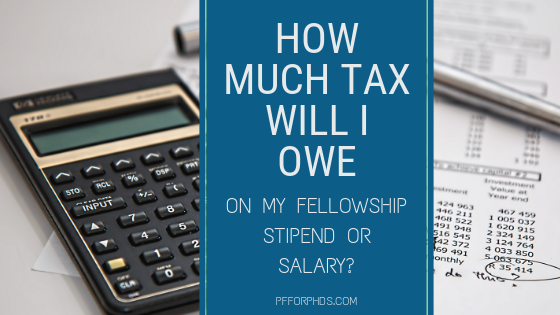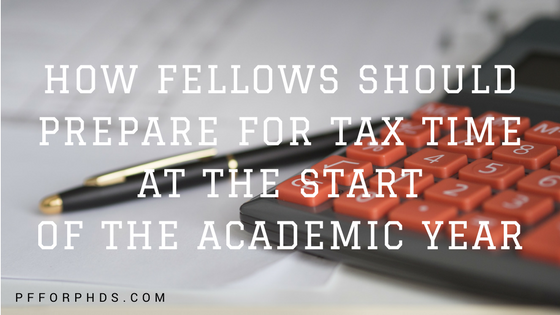There is one vital step grad students need to take when starting to prepare their tax returns. It’s a super simple step, but most often overlooked, and skipping it can lead to an inaccurate return or even overpaying tax. This is the step that you take before you start feeding any numbers to your 1040, your tax software, or your tax preparer, and it is to find and categorize all of your income sources (funded grad students have at least two!).
If you found this video insightful and you want to take the next step to completing your tax return – including one trick to reduce your tax due that your tax software or tax preparer can easily miss – register for my workshop, “How to Complete Your 2019 PhD Trainee Tax Return (and Understand It, Too!).”








